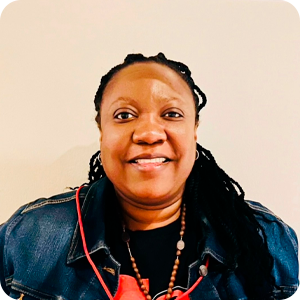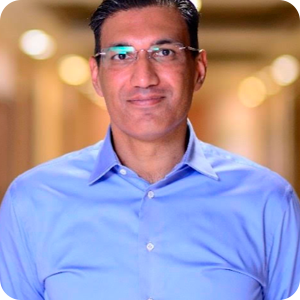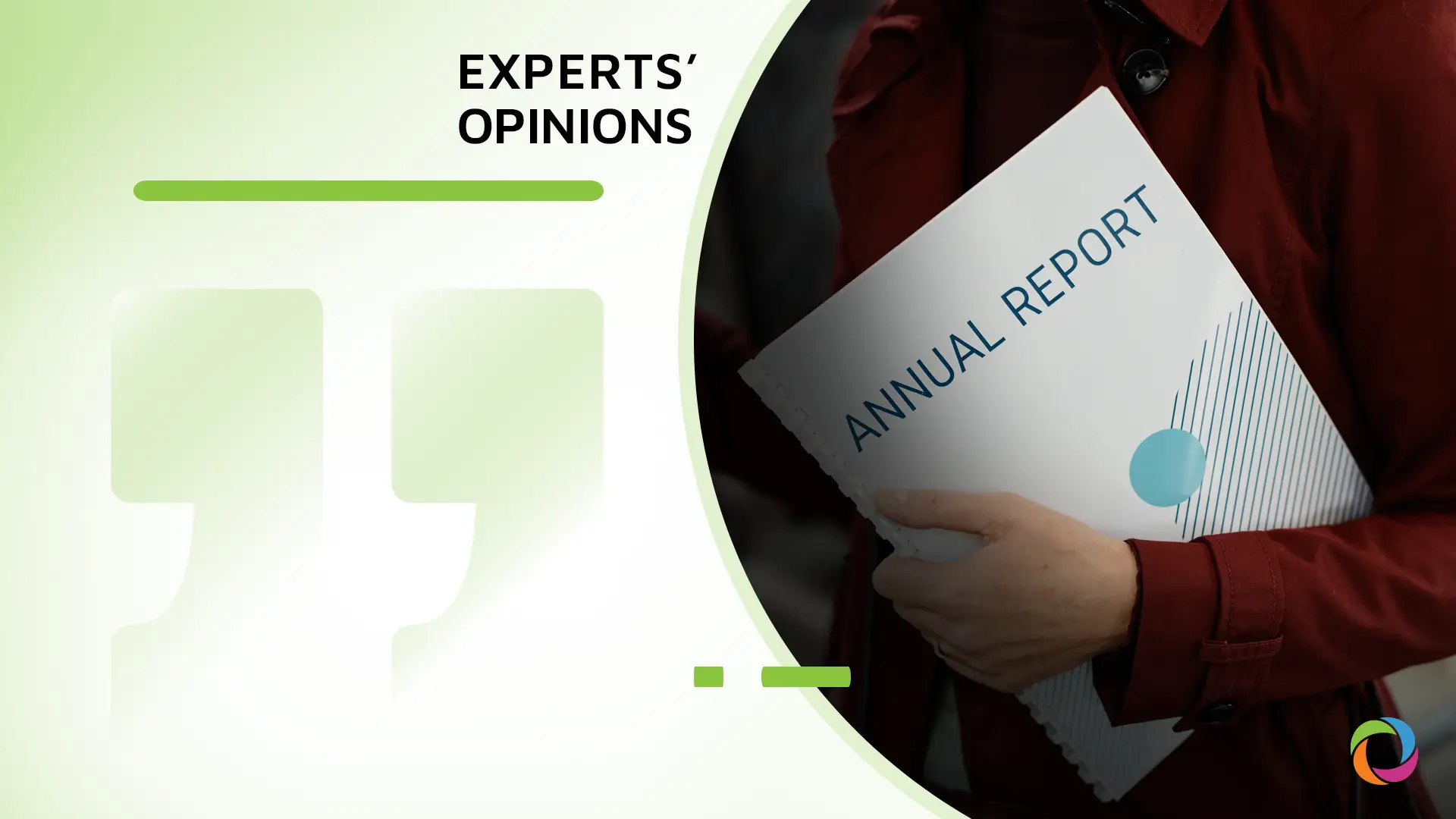Nowadays, every organization publishes reports on various topics and on certain occasions. But does anybody read these? A recent UN report revealed that the reports issued by organizations are not widely read, with one in five reports receiving fewer than 1,000 downloads despite the UN’s global renown. This is not unique to the UN — countless reports from donors, governments, and NGOs are sometimes rarely opened after publication, let alone read. However, reports are written to be read and analyzed. An activity report doesn’t have to be a novel, but nor does it have to be a simple checklist. In many organizations, the problem isn’t a lack of reports, but the precise fact that no one reads any of them. What are the main mistakes that lead to this, and how can the process be improved? Check out some tips from experts.
Key Takeaways:
- According to the UN, the top 5% of their reports are downloaded over 5,500 times, while one in five reports receives fewer than 1,000 downloads.
- Experts explain this issue is caused by a lack of clear objectives, excessive or poorly organized data, a failure to consider the target audience, and limited or vague recommendations.
- To make reports both understandable and usable, they should be shorter, clearer, and structured around key insights and actionable recommendations.
DevelopmentAid: Why do so many reports go unread, and how can organizations change this?

“Reports require a significant investment of time and resources, yet many fail to reach or resonate with their intended audience. A recent UN study revealed that even UN reports are rarely read which highlights a widespread problem across organizations. So, why do reports so often fall short? Common issues include a lack of clear objectives, excessive or poorly organized data, ineffective data visualization, a failure to consider the target audience, and limited or vague recommendations. The result is a document that informs in theory but fails to influence in practice. To increase impact, reports must begin with a clear purpose. They should be designed with the reader in mind, presenting findings in straightforward, accessible language. Storytelling techniques can help to transform data into meaning, while visualizations can highlight patterns that text alone may obscure. Most importantly, reports must provide concrete, actionable recommendations rather than abstract observations. Equally valuable is the role of feedback. Soliciting input from stakeholders not only improves clarity and relevance but also ensures that reports address real needs. This iterative approach allows organizations to refine their reporting practices and increase their credibility. When organizations move beyond simply compiling information to creating reports that inform, inspire, and guide decision-making, their work has a lasting impact. Reports should not gather dust in archives; they should drive understanding, shape strategy, and spark action.”

“The aid sector is inundated with reports, but are they making a difference? Last year alone, the UN churned out a staggering 1,100 reports, yet a recent review revealed a disappointing truth: most of these went unread. Shockingly, one in five of these documents garnered fewer than 1,000 downloads. This isn’t knowledge sharing; it’s a tremendous waste of resources and effort. The core of the issue lies in the structure of these reports. They’re often treated as mere deliverables rather than as catalysts for real change. Some exceptions stand out above the noise. Take the World Bank’s Doing Business report, for instance. Flawed as it may be, it has spurred genuine reforms because it’s user-friendly, timely, and hard to overlook. That’s the standard we should strive for: clarity, urgency, and real-world relevance. Let’s be committed to creating reports that are not just informative but also urgent in their call for action. The harsh lesson is crystal clear: if your report doesn’t tackle a pressing policy question, it won’t be noticed. If it misses the critical moment, it becomes irrelevant. If it’s not integrated into practical applications, it won’t drive change. The aid industry isn’t suffering from a knowledge gap; it has a use gap. Instead of tallying up reports, let’s start assessing their impact. Knowledge only holds value if it gets out there and makes waves. Right now, far too much of it remains stuck on the page.”

“Reading UN reports is a deeply enriching experience. They offer a comprehensive view of diverse global issues, allowing readers to engage with complex challenges from multiple perspectives. However, despite their thoroughness and polished presentation, these reports can be difficult to digest. Their length often demands significant time and focus. The frequent use of technical terminology and institutional jargon could add layers of complexity. As a result, such reports may be inaccessible to the general public and practitioners working at the grassroots level. To ensure that the knowledge they contain is not only understood but also applied, it is important to make them more practical and reader-friendly. This could involve shortening the documents, using clearer and more inclusive language, and adopting a simplified structure that highlights key insights and actionable recommendations.”
See also: Challenges and opportunities of ethical supply chains | Experts’ Opinions
Almost every job in international development, from project officer to M&E specialist, involves producing reports for donors, governments, or partners. Being aware of how to create impactful reports is a professional advantage. The DevelopmentAid’s Individual Professional Membership offers members the opportunity to access numerous reports and improve their skills. Among other benefits are access to the largest job board in the sector, tenders and grants for individuals, the contact information of over 450,000 organizations and donors, increased visibility, and many more useful tools. With the right resources, professionals can not only create reports that drive real impact but also advance their careers in international development.

